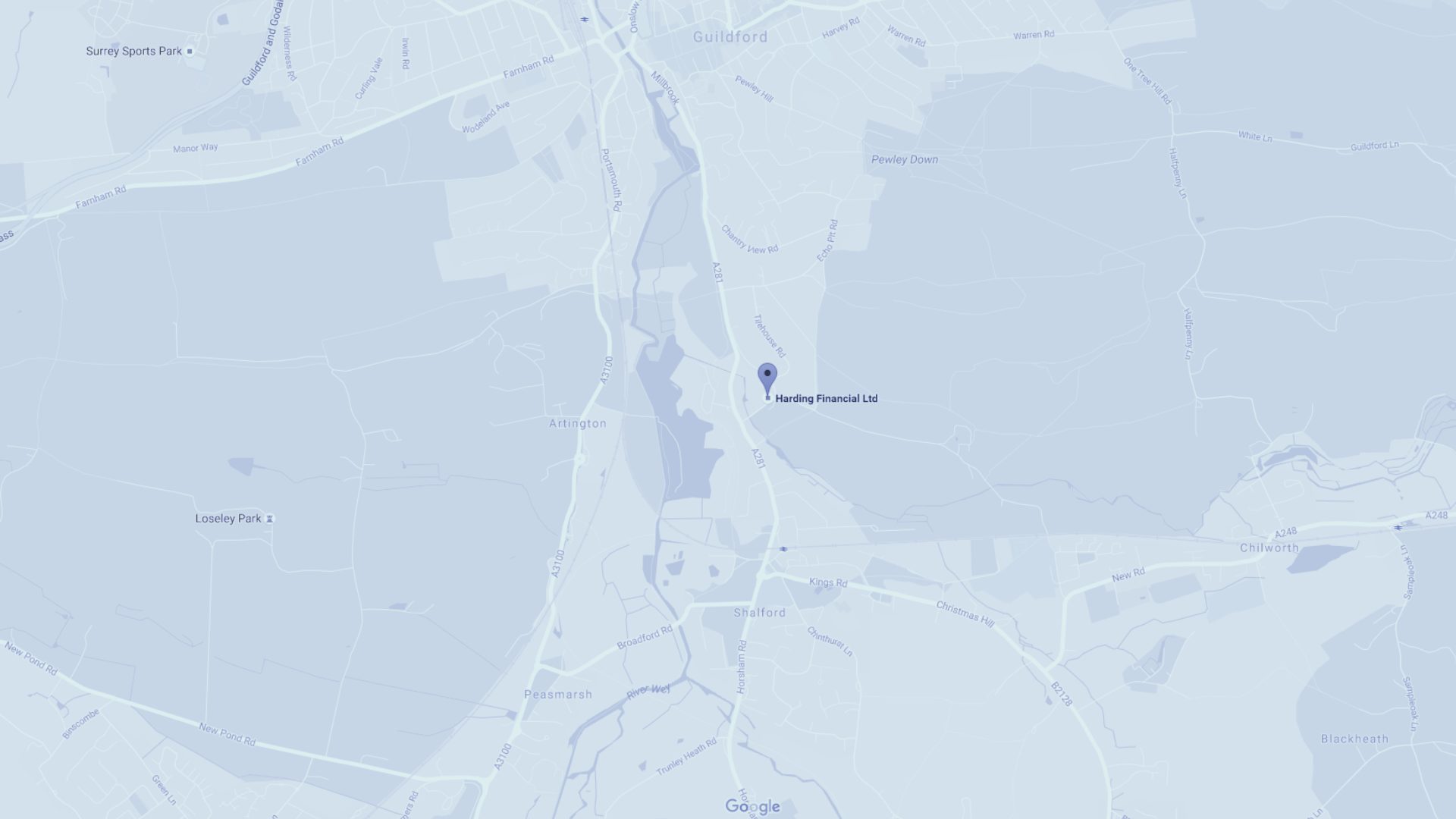
A bright new dawn
The government has implemented radical changes regarding how you can access your pension fund in retirement. We report on how you can benefit and the freedom it will give you.
A bright new dawn
Retirement is supposed to be about enjoying the freedom to do whatever you want – but for many people this wasn’t reflected by the way in which they could access their pension.
If you are in a defined contribution scheme, there were restrictions over how you could utilise the pot of money that you have spent most of your life building up, once you came to need it in retirement. At least 75% of your pension had to be used to arrange a retirement income, which caused many people to go down the increasingly unpopular annuity route.
These significant changes offer greater flexibility and freedom in shaping your retirement.
But now the government has changed this, following a radical overhaul of the defined contribution pension rules (defined benefit scheme rules remain unchanged). As of this April, you can access your full pot of money from the age of 55, and use it however you like. This is a significant change that offers greater flexibility and freedom in shaping your retirement – but it also requires a major rethink in how you plan for this important chapter of your life.
The pitfalls of a rash decision
The temptation to withdraw your entire pension fund in one swoop has to be tempered by the important tax considerations. In line with the previous rules, only 25% of what you withdraw will be tax-free. The remaining 75% will be treated as your income and taxed at your highest marginal rate. This could significantly reduce the amount of pension savings you receive.
Equally, withdrawing your pension should not be treated as an opportunity to go on a spending spree. If you plan to rely on this pot of money to fund your later years, it clearly needs to last. There are fears that some people will squander their full pension pot and rely on the basic state pension as a fall back option; but the state pension is highly unlikely to be enough to support your desired lifestyle.
Keeping your pension invested
The government has also scrapped the minimum income requirement rules around keeping your pension fund invested via flexible drawdown, making this option accessible to everyone.
Previously, if you wanted to keep your pension invested in retirement, but didn’t have at least £20,000 guaranteed pension income sources (or from March 2014, £12,000) you had to choose the capped drawdown route rather than flexible drawdown. However, with capped drawdown, there are restrictions on how much income you can take each year. From 6 April 2015 flexi-access drawdown accounts will be available with no limits on the amount you can withdraw. With the minimum income requirement removed, it is now an option accessible for everyone.
The main advantage of keeping your pension fund invested via flexible drawdown is that it can continue to potentially rise in value. However, it also means that your fund remains subject to an element of risk and may fall in value. Making large withdrawals could also exhaust your pension’s value completely.
It is good practice for people approaching retirement to reduce the level of risk their pension is exposed to as they prepare to give up work – in fact, many pension schemes automatically do this on your behalf. Yet if you do plan to keep your pension fund invested during your retirement, you might not want to alter your risk and reward approach in this way.
What does this all mean?
Greater access
Ability to access full defined contribution pensions from age of 55, and use it however you wish (in line with existing rules, only the first 25% you withdraw is tax-free).
More flexibility
Flexible drawdown option made more accessible by removing previous restrictions.
Extra scope
Scope for annuity providers to develop new, more innovative products for those who require a regular income in retirement.
Tax charge scrapped
The 55% tax charge on pension lump sum death benefits has been scrapped if you die before you are 75. This means a chosen beneficiary can inherit your pension tax-free. If you die after 75, in the 2015/16 tax year, your beneficiaries will have to pay 45% income tax on the proceeds (after 2015/16, they would only pay tax at their marginal rate).
Free Guidance
Government to offer free guidance service (although this service will be informational only and won’t include advice specific to your circumstances).
What about annuities?
For people who want a guaranteed regular income, don’t want to be landed with a large tax bill for withdrawing their pension, or who don’t wish to keep their fund invested, an annuity may still be the most appropriate choice.
Annuities have received a lot of bad press over recent years, largely due to rates tumbling over the long-term. The government has therefore relaxed some of the previous restrictions to allow annuity providers to develop more flexible products which suit different needs.
If you are interested in an annuity it is highly recommended you search beyond what your provider might offer you – shopping around for an annuity that is suited to your specific circumstances could significantly boost your income.
Ultimately, these changes to pensions offer significant opportunities but also throw up potential pitfalls. Retiring is a major milestone, and your finances are likely to shape the lifestyle that you experience. You really do need a solid and robust plan that is right for your circumstances, which is why sitting down and devising one – with the help of a professional adviser – could prove vital.
Contact Us
Get in touch today
Call us, email, drop in, or fill in the form so that one of our expert advisers can be in touch.
We look forward to hearing from you and being your financial partner.
Guildford Office:
The Estate Yard
East Shalford Lane
Guildford
Surrey
GU4 8AE
London Office: c/o The Ministry, 79-81 Borough Rd, London, SE1 1DN

